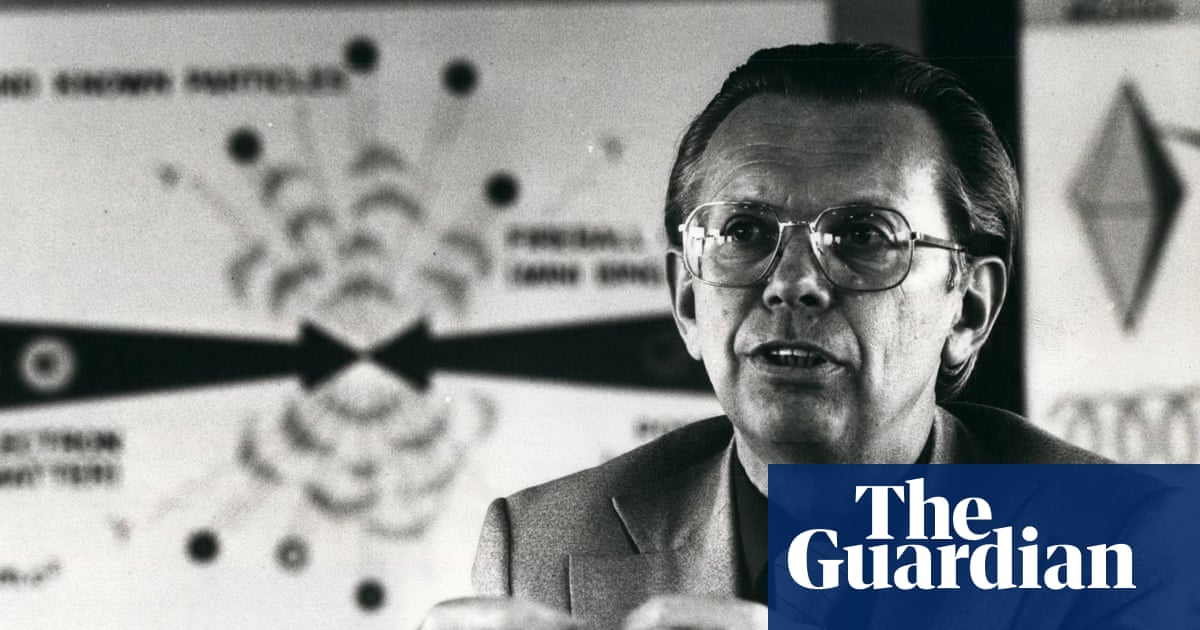
"It was thanks to Herwig's tenacity that the laboratory laid the foundations literally for what would become the Large Hadron Collider. On his retirement in 1989, Herwig embarked on a second career, applying his experience of international science to the field of diplomacy. Working closely with Unesco, he played a key role in establishing the Sesame laboratory in Jordan: a new Cern to sow seeds of peace in a troubled region."
"Carlo Rubbia had persuaded Cern to convert its largest accelerator into a collider. Instead of accelerating particles and smashing them into a stationary target, it would collide beams head-on, giving scientists a much greater potential for discovery. In 1983 a major discovery was duly announced, leading to a headline in the New York Times that read Europe 3, US not even Z-zero: the long-awaited discovery had been of three new particles named W+, W- and Z0."
"However, Herwig's greatest legacy at Cern is probably his tenacity in insisting that the tunnel for Cern's next accelerator, called LEP (the Large Electron-Positron Collider), should be 27km long and not 22. The longer option would require more difficult civil engineering, but would allow a hadron collider to be installed once LEP's job was done. Without this decision, the Large Hadron Collider would not have seen the light of day."
Herwig Schopper served as director-general of CERN from 1981 to 1988, overseeing the laboratory's first Nobel prize-winning discovery and facilitating subsequent advances. He supported converting CERN's largest accelerator into a collider, contributing to the 1983 discovery of W+, W- and Z0 bosons. He insisted that the LEP tunnel be 27 km rather than 22, enabling a future hadron collider and paving the way for the Large Hadron Collider. After retiring in 1989 he pursued scientific diplomacy, working with UNESCO and helping to establish the SESAME laboratory in Jordan to foster regional cooperation. He was born in Landskron (Lanskroun), in the former Czechoslovakia.
Read at www.theguardian.com
Unable to calculate read time
Collection
[
|
...
]